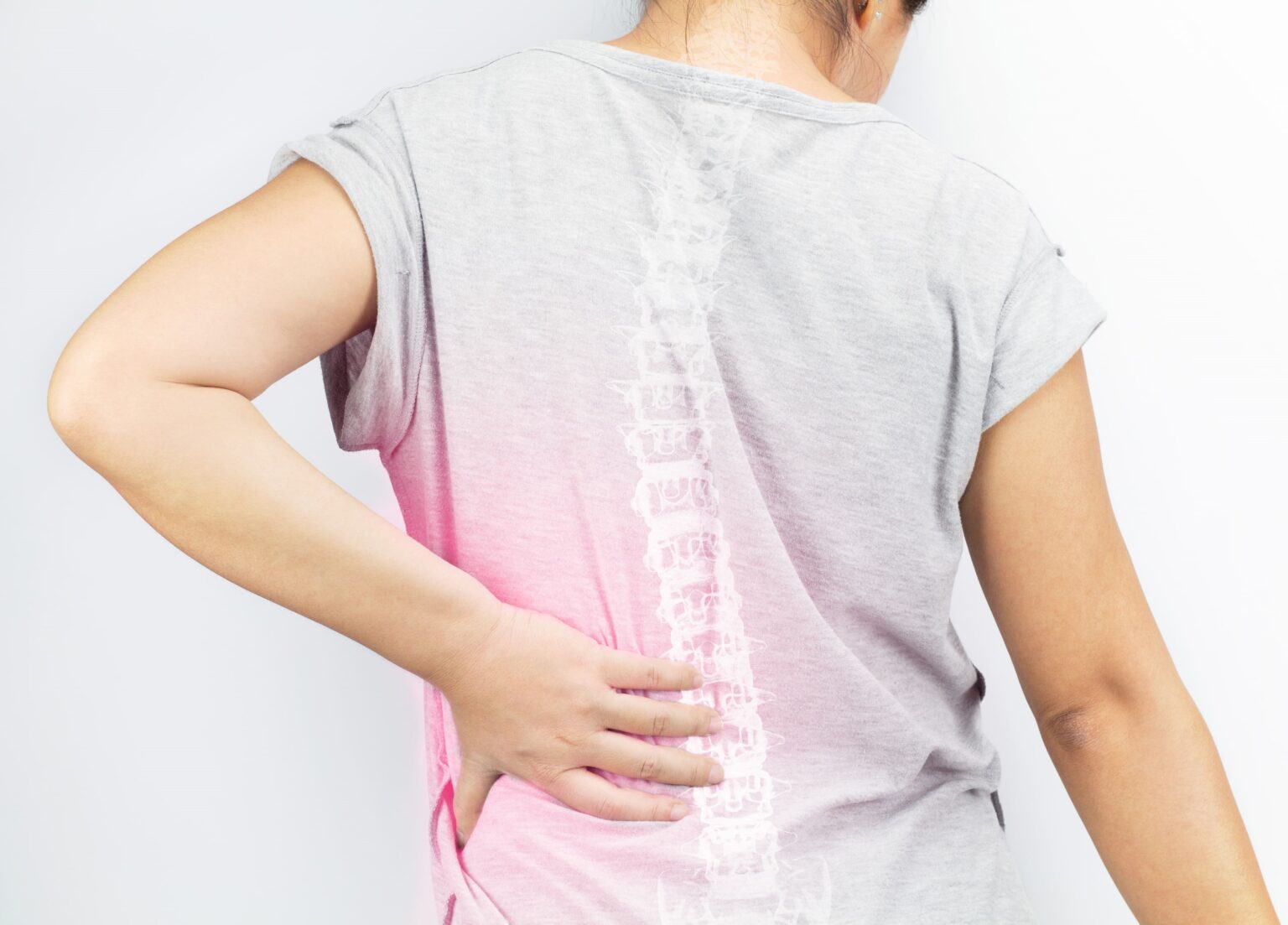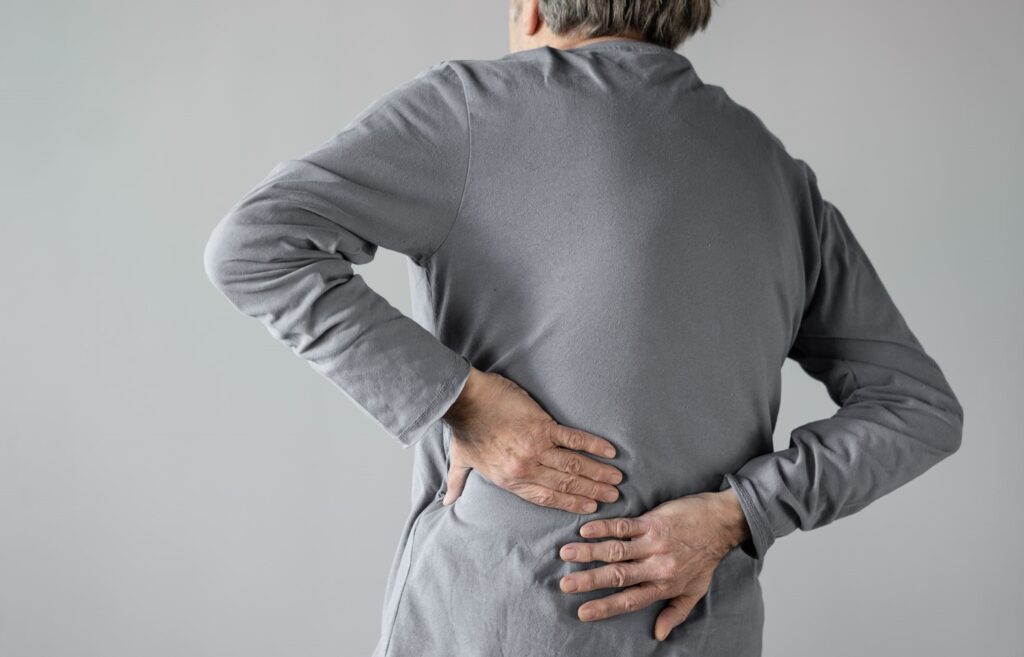SCHEDULE AN APPOINTMENT WITH US
Are Your Symptoms Affecting Your Quality Of Life?
Consult our MOH-accredited orthopaedic specialist for an accurate diagnosis & personalised treatment plan today.

MBBS (S’PORE)
MRCS (Ireland)
MMed (Ortho)
FRCSEd (Ortho)

Spinal stenosis is a condition characterised by the narrowing of spaces within the spine, which can exert pressure on the nerves travelling through the spinal column. This condition predominantly occurs in the lower back and the neck. The narrowing can occur in different parts of the spine and affects the gap in the bones of the spine through which nerves pass.
Spinal stenosis can be categorised into two main types, depending on the region of the spine affected:
This type occurs in the neck area (cervical spine). It involves the narrowing of the spinal canal in the cervical region, which can compress the spinal cord and nerve roots.
The more common form, lumbar stenosis, occurs in the lower back (lumbar spine). This condition is characterised by the narrowing of the spinal canal in the lumbar region, potentially compressing the nerve roots.
The development of spinal stenosis is often attributed to changes in the spine that occur as a natural part of ageing. However, several factors can contribute to or accelerate the narrowing of the spinal canal:
The symptoms of spinal stenosis vary depending on the location and severity of the nerve compression. Common symptoms include:


SCHEDULE AN APPOINTMENT WITH US
Consult our MOH-accredited orthopaedic specialist for an accurate diagnosis & personalised treatment plan today.
Diagnosing spinal stenosis involves a comprehensive evaluation that includes a medical history review, physical examination, and imaging studies. The process typically includes:
A thorough review of symptoms, including their onset, duration, and factors that improve or worsen them. The orthopaedic surgeon may also ask about previous spine problems or surgeries.
The orthopaedic surgeon assesses the spine’s range of motion, muscle strength, and nerve function. This may include tests for sensation, reflexes, and walking ability.
In some cases, the doctor may recommend nerve tests such as electromyography (EMG) to assess nerve function and determine if symptoms are caused by nerve compression.
For many individuals with spinal stenosis, non-surgical treatments can effectively manage symptoms. These options include:
Medications:
Physical Therapy: A tailored physical therapy program can help improve strength, flexibility, and balance, potentially reducing the symptoms of spinal stenosis.
Steroid Injections: Corticosteroid injections can reduce inflammation and relieve pain temporarily. However, their effectiveness diminishes with frequent use, and they can have side effects.
Activity Modification: Learning how to modify activities and adopting ergonomic practices can help manage symptoms and prevent the worsening of the condition.
Assistive Devices: For some patients, using devices like braces, corsets, or walking aids can provide additional support and reduce pain.
Surgery may be considered for spinal stenosis patients when non-surgical treatments have not provided adequate relief, or if there is severe impairment of function or quality of life. Surgical options include:

MBBS (S’pore)
MRCS (Ireland)
MMed (Ortho)
FRCSEd (Ortho)
Dr Kau (许医生) is a Fellowship trained Orthopaedic Surgeon with a subspecialty interest in Hip and Knee surgery and has been in practice for more than 15 years.
He is experienced in trauma and fracture management, sports injuries, and joint replacement surgery.
While it may not be possible to prevent spinal stenosis, especially due to its association with age-related degeneration, there are strategies to reduce risk and slow its progression:
For Singaporeans, Singapore Permanent Residents and Foreigners.
Please speak to our friendly clinic staff about using your insurance plans.

If you have any enquiry, please do get in touch. Leave us a message and we will get back to you shortly.
Spinal stenosis is a chronic condition that cannot be cured, but its symptoms can often be effectively managed with treatment. The management approach depends on the severity and type of symptoms.
Spinal stenosis is more common in individuals over the age of 50 and is often a result of the natural ageing process of the spine. However, it can also occur in younger people due to congenital conditions or spinal injuries.
Yes, certain exercises are safe and recommended for people with spinal stenosis. Activities that strengthen the back and abdominal muscles and improve flexibility can be beneficial. It is advisable to consult with an orthopaedic surgeon to tailor an exercise program.
While rare, severe cases of untreated spinal stenosis, especially in the cervical region, can potentially lead to significant nerve damage and paralysis. Prompt and appropriate treatment is crucial to prevent severe complications.
The recovery time after surgery for spinal stenosis varies depending on the type of surgery performed and the individual’s overall health. Generally, minimally invasive procedures may have shorter recovery times, often ranging from a few weeks to a couple of months.
More extensive surgeries, like spinal fusion, might require a longer recovery period, potentially several months to a year. During this time, physical therapy is often recommended to aid in the recovery process.
Patients need to follow their orthopaedic surgeon’s post-operative guidelines and attend all follow-up appointments to ensure a smooth recovery.